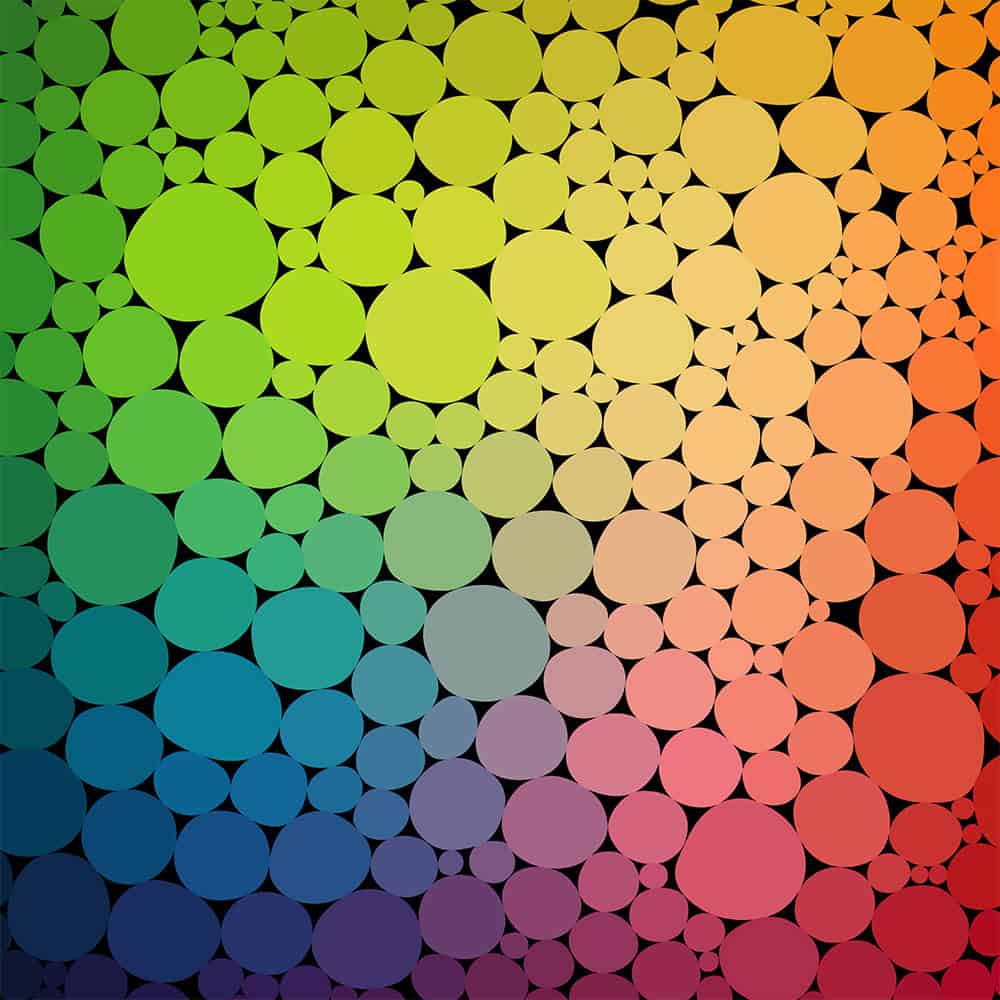Science
Researchers Explore Vortex Self-Organization in Liquid Crystals

Researchers have made significant strides in understanding vortex-like defects in liquid crystals, revealing that these formations mimic the behavior of superconductors. Their findings, published in Rep. Prog. Phys., introduce a concept referred to as Abrikosov clusters, paralleling structures seen in Type-II superconductors.
Superconductors are materials that, below a critical temperature, exhibit zero electrical resistance and expel magnetic fields entirely, a phenomenon known as the Meissner effect. There are two main categories of superconductors: Type-I and Type-II. Type-I superconductors repel magnetic fields completely but lose their superconducting properties abruptly when exposed to a critical field. Conversely, Type-II superconductors allow for a more complex interaction with magnetic fields, characterized by two critical values, which leads to the formation of quantized vortices.
New Insights into Vortex Behavior
In this latest study, researchers investigated the behavior of vortices within a liquid crystal droplet, demonstrating how these vortices can cluster into organized patterns similar to those found in superconductors. The research team observed the transition from an isotropic liquid phase to a chiral liquid phase as the temperature decreased.
Utilizing a blend of experimental observations and theoretical modeling, the researchers highlighted how chiral domains—or topological defects—cluster due to the dual influence of vortex repulsion and the spatial constraints of the droplet. The mathematical foundation for this behavior relies on the Ginzburg-Landau equation, which is traditionally used in the study of superconductivity. This framework enables the identification of vortex patterns that emerge by minimizing the system’s energy.
One notable observation from the study indicated that light passing through the chiral domains can acquire chirality itself. This intriguing finding suggests potential applications in steering and shaping light, which could be beneficial for advancements in data communication and astronomical imaging.
Broader Implications of the Research
The work adds to a growing body of knowledge regarding vortex dynamics, which has implications beyond liquid crystals. Similar vortex clustering has been observed in Bose-Einstein condensates and chiral magnets, indicating that the principles governing these phenomena may share common threads across various materials.
As researchers continue to explore the nuances of liquid crystals and their vortex behaviors, the potential for innovative technologies based on these findings becomes increasingly clear. Understanding these complex interactions could lead to breakthroughs in both theoretical physics and practical applications.
This research underscores the importance of interdisciplinary approaches in advancing the field of condensed matter physics, opening up new avenues for exploration and innovation.
-

 Health3 months ago
Health3 months agoNeurologist Warns Excessive Use of Supplements Can Harm Brain
-

 Health3 months ago
Health3 months agoFiona Phillips’ Husband Shares Heartfelt Update on Her Alzheimer’s Journey
-

 Science1 month ago
Science1 month agoBrian Cox Addresses Claims of Alien Probe in 3I/ATLAS Discovery
-

 Science1 month ago
Science1 month agoNASA Investigates Unusual Comet 3I/ATLAS; New Findings Emerge
-

 Science4 weeks ago
Science4 weeks agoScientists Examine 3I/ATLAS: Alien Artifact or Cosmic Oddity?
-

 Science4 weeks ago
Science4 weeks agoNASA Investigates Speedy Object 3I/ATLAS, Sparking Speculation
-

 Entertainment4 months ago
Entertainment4 months agoKerry Katona Discusses Future Baby Plans and Brian McFadden’s Wedding
-

 Entertainment4 months ago
Entertainment4 months agoEmmerdale Faces Tension as Dylan and April’s Lives Hang in the Balance
-

 World3 months ago
World3 months agoCole Palmer’s Cryptic Message to Kobbie Mainoo Following Loan Talks
-

 Science4 weeks ago
Science4 weeks agoNASA Scientists Explore Origins of 3I/ATLAS, a Fast-Moving Visitor
-

 Entertainment4 months ago
Entertainment4 months agoLove Island Star Toni Laite’s Mother Expresses Disappointment Over Coupling Decision
-

 Entertainment3 months ago
Entertainment3 months agoMajor Cast Changes at Coronation Street: Exits and Returns in 2025









